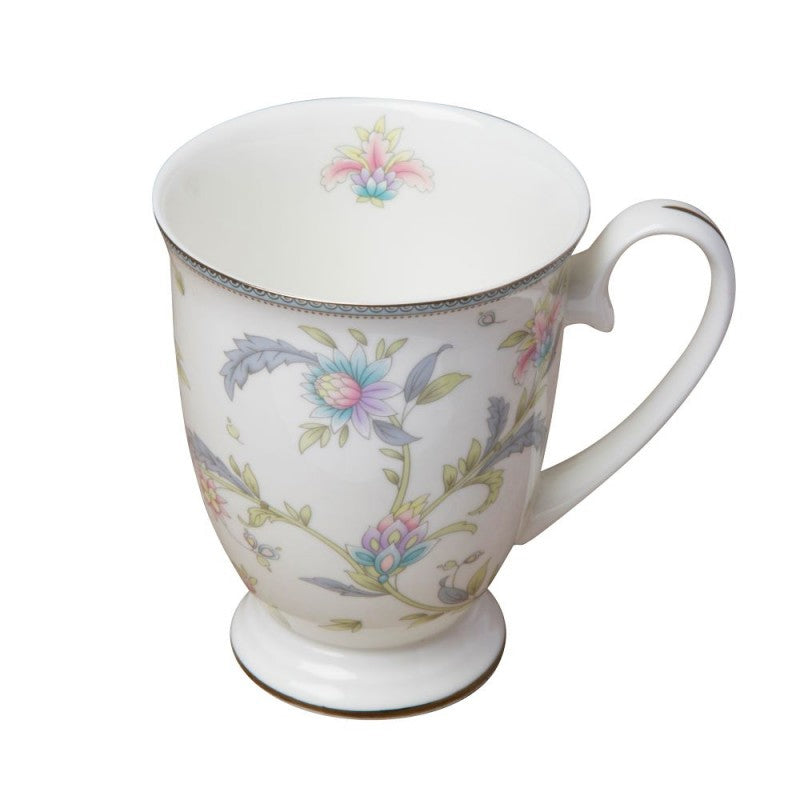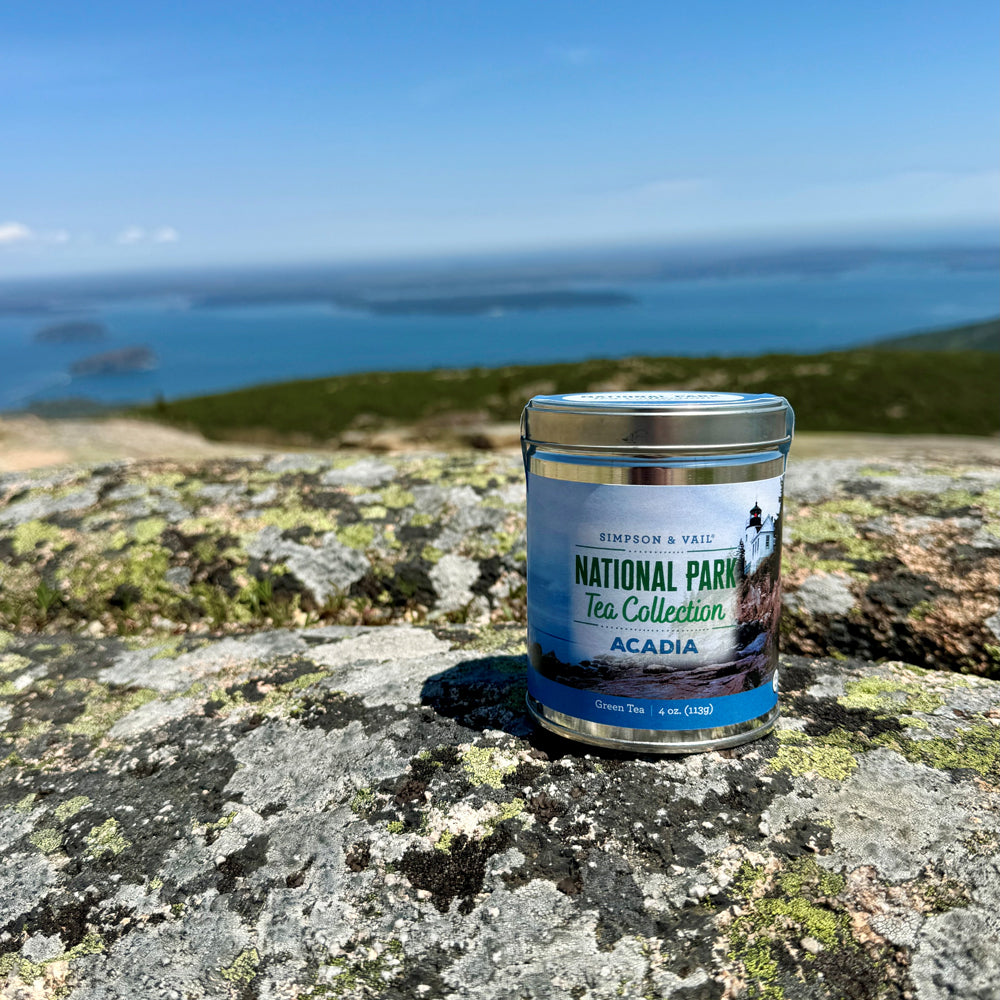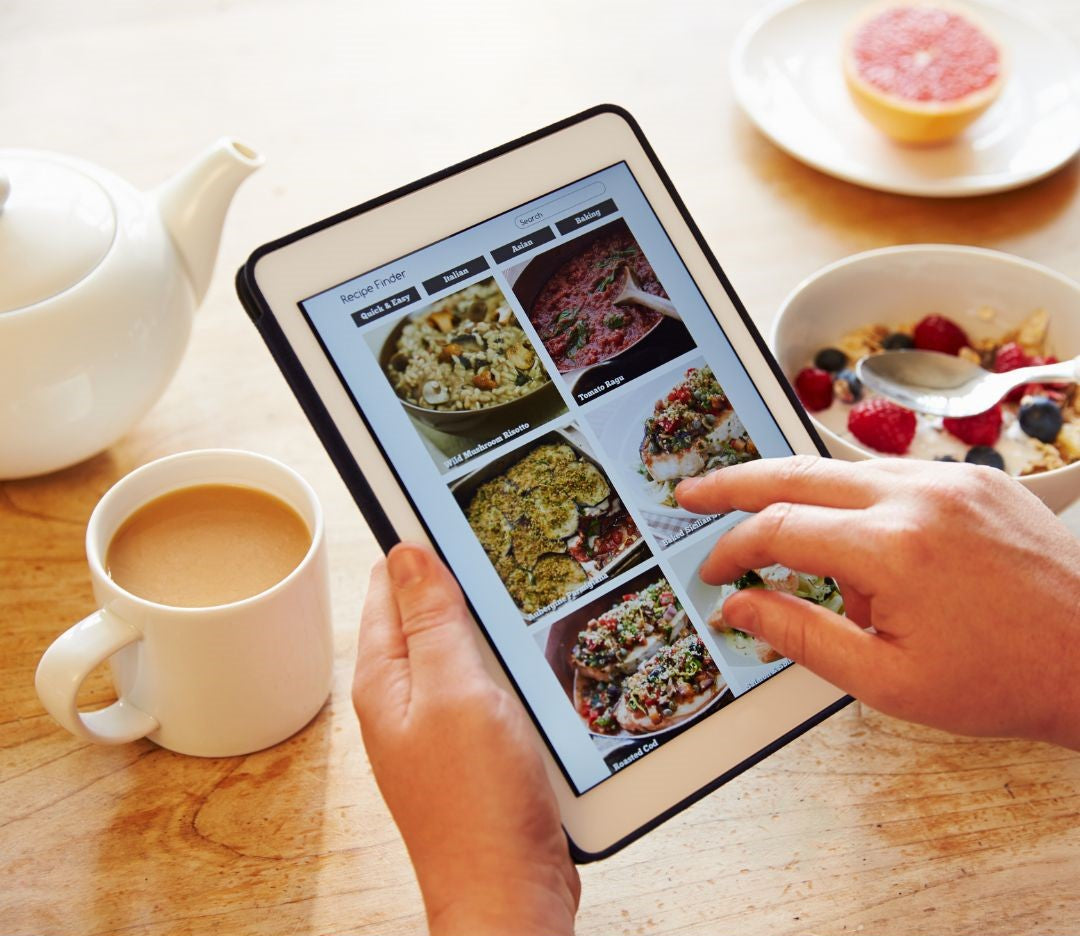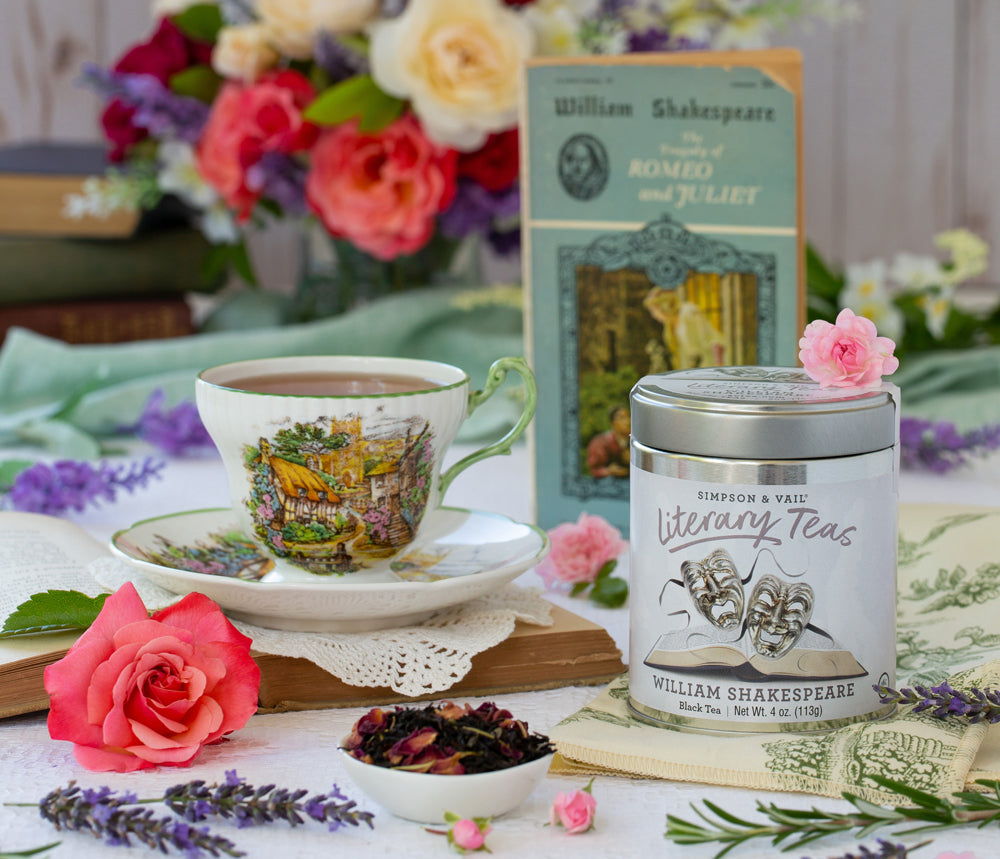Coffee Information
The coffee tree was first discovered centuries ago in Ethiopia, although it’s use has now spread to every country in the world. Coffee is the fruit, or berry, of an evergreen bush. Each bush yields about 2,000 berries a year, enough for a pound of roasted coffee. Initially coffee was prepared as a food by tribes who would crush the cherries and mix them with animal fat to give them energy. Coffee was also used in Africa as a wine made from the fermenting coffee cherries mixed with water. By 1000AD the Arabs began mixing crushed coffee with boiling water, which would soon evolve into the beverage we are most familiar with these days.
There are two species of the coffee bush -- ARABICA is the high grown, high quality coffee bean and ROBUSTA, the lower grown quality coffee. Simpson & Vail uses only the high grown, high quality Arabica beans.
A Coffee Taster’s Glossary
Acidity
High acid (acidity) coffees have a sharp, pleasing, piquant quality that points up their flavor and gives them snap, verve and liveliness in the cup. Acidity may be high, medium, low, or lacking altogether in coffees, in which case the coffee tastes flat and dull. Acidity is characteristic of high-grown coffees.
Aroma
Refers to the odor of the prepared coffee beverage. It may be lacking, faint, delicate, moderate, strong, or fragrant (also called aromatic), and distinctive as to character.
Body
The tactile impression of weight and texture in the mouth. Coffees may be watery, thin, slight, medium, full, heavy, thick, or even syrupy in body, as well as buttery, oily, rich, smooth, chewy, etc. in texture. Easiest to detect in full strength coffee.
Clean
Characteristic of all fine coffees. Does not necessarily imply clarity of flavor impression, but the type of coffee processing.
Flavor
The total impression of aroma, acidity, and body; if the impression is strong, fine, and pleasant, the coffee is described as flavory, or flavorful, or ranked on a scale from poor to fine flavored.
Fruity
A flavor taint said to come from overripe fruit pulp.
Mellow
Full, well balanced, satisfying coffee, implies low or medium acidity.
Rich
Indicates depth and complexity of flavor and full, buttery body.
Soft
Low acid coffees are described as soft, mellow, sweet.
Sweet
Said of a smooth, palatable coffee, free from taints or harshness.
Winy
Sometimes used to indicate thick body and mellow quality, and also used to denote a snappy, vinous acidity.
Brewing The Perfect Cup Of Coffee
A perfect cup of coffee begins with good water - use spring water if necessary. Everyone has a preferred brewing method, so here are some tips for different coffee brewers:
French Press:
Fill a kettle with fresh water. While the water is heating, place the coffee in the press pot. Use two level tablespoons of ground coffee for every 6 oz cup. (Some people like a stronger brew, some a weaker cup, so use this measurement as a starting point and adjust to your preferred strength.)
The optimum brewing temperature is between 190-200°F. You’ll lose about 8 degrees in the pouring, so take the kettle off the heat as soon as it comes to a rolling boil (212°F), let it just stop bubbling, and immediately start pouring it over the coffee. Let the coffee steep for 4 minutes before pressing the grounds. Enjoy!
Drip Coffee Machine:
If you prefer to use an automatic drip pot, invest in a good machine that will get the water temperature above 195°F. Put fresh water in the machine. Use two level tablespoons of ground coffee for every 6 oz cup. (Some people like a stronger brew, some a weaker cup, so use this measurement as a starting point and adjust to your preferred strength.)
Drip Filter Coffee:
Fill a kettle with fresh water. While the water is heating, place the coffee in the filter. Use two level tablespoons of ground coffee for every 6 oz cup. (Some people like a stronger brew, some a weaker cup, so use this measurement as a starting point and adjust to your preferred strength.)
The optimum brewing temperature is between 190-200°F. You’ll lose about 8 degrees in the pouring, so take the kettle off the heat as soon as it comes to a rolling boil (212°F). Moisten the coffee and let it sit for a few seconds, then add the water slowly.
Note: Always clean your coffee pots after use to insure the best tasting brews!
Information On Swiss-Water Decaffeinated Coffee
The Swiss Water Process is a taste-driven, 100% chemical-free decaffeination process that delivers coffee that is 99.9% caffeine-free while protecting the unique characteristics of the origin.
First a diffusion process is used which allows the gentle displacement of caffeine from green coffee. Green beans are soaked in a Green Coffee Extract (GCE), which is pure water saturated with soluble solids from green coffee.
With time and temperature, the caffeine migrates out of the green beans into the GCE. This water s filtered, capturing and extracting the caffeine molecules. The flavor and body of the coffee is protected by closely monitoring the solids, caffeine levels, and moisture in the coffee. The process takes approximately 10 hours resulting in green beans that are 99.9% caffeine-free.
Once the decaffeinated beans are removed from the GCE, they are then dried, finished, bagged and shipped - ready to be roasted.
Storing Your Coffee
In its green form (unroasted) coffee beans have a long shelf life. Once coffee beans are roasted, however, they begin to lose their aroma and flavor s it is essential that you take steps to insure freshness once you receive it. Coffee tastes best when it's fresh so store your bean or ground coffee in an airtight container, whether you keep the coffee at room temperature or in the refrigerator or freezer.
Coffee Processing
Green coffee beans are added to the roaster and the beans are tumbled at high heat until processed to the desired level. During this process the bean goes through different stages. First the heat evaporates any water in the bean. The beans then start to swell, sometimes to twice the size of its green bean state. Cracking then occurs and the skin of the bean comes off. The color of the bean changes from green to yellow, then to a yellow-brown to light brown and then to a dark brown (the color is determined by the roast desired). As the bean roast longer, more oils are released from the bean, so that a dark Italian roast bean will be oilier in appearance than a City roast coffee.
Listed below are the most common types of roasts achieved:
Light Roasts
Roasting time is approximately 7 minutes resulting in a coffee that has a subtle light flavor and body. Types of coffees using this roast may be referred to as – New England Roast, Half City Roast and Cinnamon Roast.
Medium Roasts
Roasting time is approximately 9 to 11 minutes resulting in a coffee that has a balanced body and flavor. These roasts are referred to as Breakfast Roasts, American Roasts and City Roasts. American Roasts are roasted closer to 9 minutes, while the City Roasts are a little darker generally roasting for closer to 11 minutes.
Medium Dark Roasts
Roasting time is approximately 12 to 13 minutes resulting in a coffee that has a more robust flavor than the Medium Roasts. These roasts are referred to as Full City Roast, Vienna Roast, Continental Roast and French Roast. Full City Roasts are closer to 12 minutes while the French Roasts are roasted up to 13 minutes. These roasts are oilier in appearance than Medium Roast Coffees due to the longer roasting time. The Full City Roast is darker than the City Roast with chocolate notes; the Vienna Roast is roasted a little longer and has a robust flavor with spicy, chocolate notes; Continental Roasts are a longer roast with a full body and spicy notes; and the French Roast is a dark roast bean with lower acidity, and a very full flavor that is sometimes used for espresso coffees.
Dark Roasts
Roasting time is approximately 14 minutes resulting in the darkest coffee beans that are oily and have a full flavor. These roasts are referred to as Italian Roasts or Spanish Roasts. Italian Roast s are similar to French Roasts but are slightly stronger with a more burnt flavor. Spanish Roast is the darkest roast available with a dark, oily bean and a strong taste that has charcoal undertones.








I LOVE your Decaf Coffees. I finally can have flavored decaf that tastes good. You have a wonder company and I will continue to purchase your decaf coffees. I also tried your decaf chai tea. This is wonderful too. I will be back for more teas in the near future.
Thank you for all this interesting and informative information it helps the novice coffee person make smart selections of coffees. Great to learn
Leave a comment